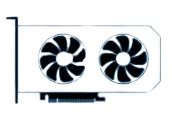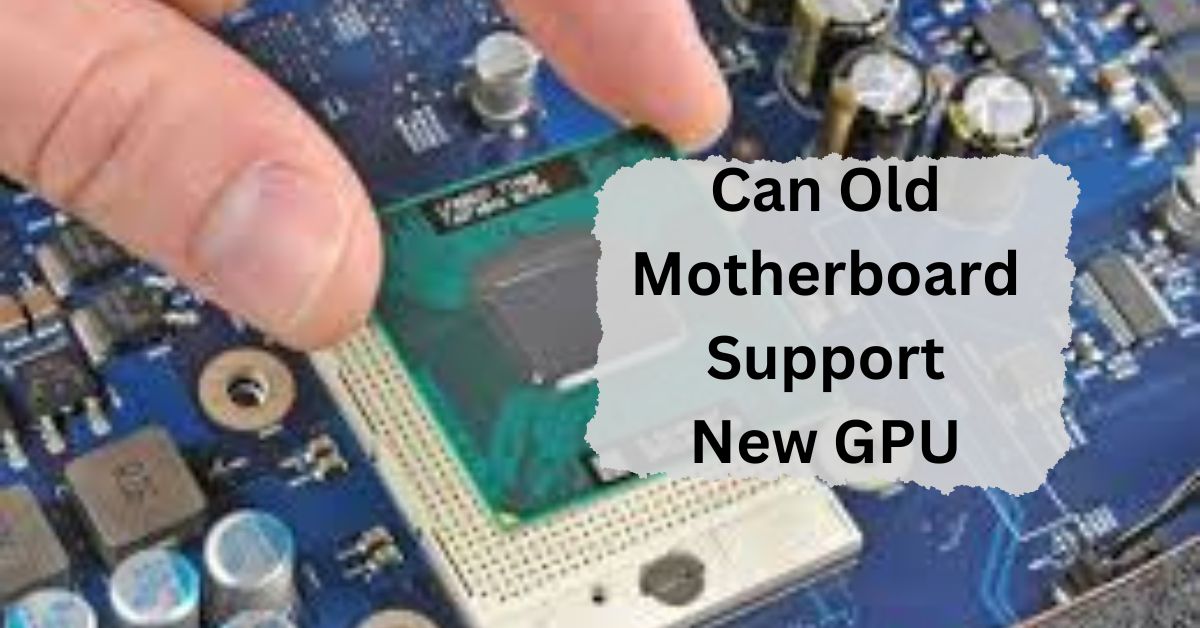Upgrading your GPU can significantly boost your computer’s performance, especially for gaming or high-end computing tasks. But what if your motherboard is a few years old? Can it support a shiny new GPU?
An old motherboard can support a new GPU if it has a compatible PCIe slot. However, it might limit performance due to older technology. Ensure your power supply is sufficient and that the motherboard BIOS is up-to-date.
In this article, we will discuss “Can Old Motherboard Support New GPU”.
Table of Contents
Understanding Motherboard and GPU Compatibility:
Before diving into compatibility issues, it’s essential to understand what a motherboard and a GPU are. The motherboard is the backbone of your computer, connecting all the crucial components like the CPU, RAM, and storage.
The GPU, or Graphics Processing Unit, is responsible for rendering images and videos on your screen, making it vital for tasks like gaming, video editing, and 3D rendering.
These two components work closely together. The GPU plugs into the motherboard through specific slots, and they communicate to process and display visuals. If they aren’t compatible, your new GPU might not work properly, or worse, not at all.
Evolution of Motherboards and GPUs:
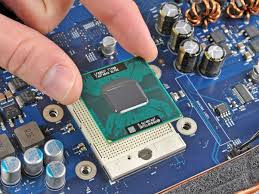
Technology evolves rapidly, and both motherboards and GPUs have seen significant advancements over the years. Older motherboards were designed to support the GPUs available at the time of their release.
As newer GPUs hit the market, they bring in advanced features, higher power requirements, and improved performance, which older motherboards may struggle to support. This evolution is why it’s essential to consider compatibility when pairing a new GPU with an old motherboard.
Types of Motherboard Slots:
The connection between your GPU and motherboard is facilitated by a slot called PCIe (Peripheral Component Interconnect Express). Most modern GPUs use PCIe slots to connect to the motherboard.
However, there are different versions of PCIe slots, such as PCIe 3.0, 4.0, and the latest 5.0. The higher the version, the more data it can transfer per second, leading to better performance.
PCIe Slot Compatibility:
One of the good things about PCIe slots is their backward compatibility. This means you can insert a new PCIe 4.0 GPU into a PCIe 3.0 slot, and it will still work.
However, the GPU will operate at the lower PCIe 3.0 speed, which might result in a slight performance drop.
While this may not be a deal-breaker for many users, it’s something to keep in mind if you’re aiming for maximum performance.
Power Supply Considerations:
Modern GPUs are more powerful and, consequently, more power-hungry than their predecessors.
This increased power demand might be too much for an older motherboard’s power supply unit (PSU). Before upgrading, check your PSU’s wattage and the power connectors available.
Most new GPUs require an 8-pin or even a 16-pin connector, which older PSUs might not have. Upgrading your PSU might be necessary to ensure your new GPU runs smoothly.
BIOS Compatibility:
The Basic Input/Output System (BIOS) is firmware that initializes and manages the communication between your motherboard and other components during startup. Sometimes, older motherboards need a BIOS update to recognize new GPUs.
Updating the BIOS can solve compatibility issues, but it’s a delicate process. Ensure you follow the manufacturer’s instructions carefully to avoid bricking your motherboard.
Physical Space and Cooling:
New GPUs are not only more powerful but also larger. They often come with hefty cooling solutions that might not fit in older cases.
Before purchasing a new GPU, measure the available space in your case and compare it with the GPU’s dimensions. Additionally, make sure your case has adequate airflow to prevent overheating, which can damage your components.
Bottlenecking Issues:
Bottlenecking occurs when a less powerful component limits the performance of a more powerful one. In this case, an old motherboard or CPU might bottleneck a new GPU, preventing it from performing at its full potential.
While the GPU will still work, you won’t get the maximum performance boost that you paid for. If your CPU or motherboard is significantly outdated, it might be worth upgrading these components along with the GPU.
Adapter Solutions:
If your old motherboard lacks the necessary connectors or slots for a new GPU, adapters can be a temporary solution. For instance, you can use a PCIe adapter to convert an older slot into one compatible with a new GPU.
However, this approach can introduce new issues, such as reduced performance or instability. Adapters should be considered as a last resort rather than a permanent fix.
Can a new GPU run on an old motherboard?
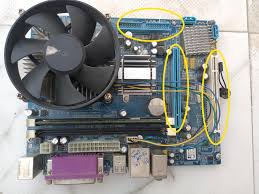
A new GPU can run on an old motherboard if it has a PCIe slot. However, performance might be limited by the motherboard’s age. Make sure your power supply is strong enough, and update the motherboard BIOS if needed.
Read: When Does The GPU Fan Turn On – A Complete Guide Of 2024!
Do I need a new motherboard for a new GPU?
You don’t always need a new motherboard for a new GPU. If your motherboard has a PCIe slot and enough power, it should work. Just check compatibility and update the BIOS if necessary.
Read: Can I Use CPU Cable For GPU – A Ultimate Guide of 2024!
Will a RTX 3060 work on old motherboard?
An RTX 3060 can work on an old motherboard if it has a PCIe slot and enough power. However, the performance might be limited by the older technology. Make sure to update the motherboard BIOS if needed.
Can an old motherboard support RTX?
An old motherboard can support an RTX GPU if it has a PCIe slot and enough power. However, performance may be limited by the older technology. Ensure the motherboard BIOS is updated for the best compatibility.
Can old motherboard support new gpu for gaming?
An old motherboard can support a new GPU for gaming if it has a PCIe slot and sufficient power. However, older technology may limit performance. Update the motherboard BIOS and check compatibility for the best gaming experience.
Can I use old motherboard for gaming?
Yes, you can use an old motherboard for gaming if it has the right slots and enough power. However, performance may be limited by older technology. Ensure your components are compatible and update the motherboard BIOS if needed.
Motherboard GPU compatibility checker?
To check the motherboard and GPU compatibility, look for a PCIe slot on your motherboard. Verify the GPU’s power requirements and ensure the BIOS is up-to-date. Use online tools or the manufacturer’s website to confirm compatibility with your specific hardware.
RTX 3060 on old motherboard?
An RTX 3060 can work with an old motherboard if it has a PCIe slot and enough power. Performance might be limited by older tech, so check compatibility and update the BIOS for the best results.
Will you need a new motherboard for RTX 4000 series?
You might need a new motherboard for the RTX 4000 series if your old one lacks a PCIe slot or sufficient power. Check compatibility and update the BIOS. Ensure your system meets the GPU’s requirements for the best performance.
Can old motherboard support new CPU?
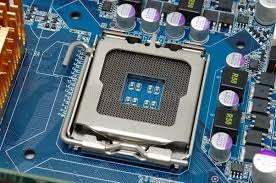
An old motherboard might support a new CPU if it matches the socket type and chipset. Check the motherboard’s specifications and update the BIOS if needed. Compatibility is key, so confirm before upgrading to ensure everything works properly.
FAQs:
1. Can I use a PCIe 4.0 GPU in a PCIe 3.0 slot?
Yes, but the GPU will run at PCIe 3.0 speeds, which might slightly reduce performance.
2. Do I need to update my BIOS when installing a new GPU?
In some cases, yes. A BIOS update can help the motherboard recognize the new GPU.
3. Will an old motherboard bottleneck a new GPU?
It depends on the motherboard’s other components, like the CPU and RAM. Significant differences in technology can cause bottlenecking.
4. Can my old PSU support a new GPU?
Check the wattage and connectors required by the new GPU. You may need to upgrade your PSU.
5. Should I upgrade my motherboard along with my GPU?
If your motherboard is outdated and causing compatibility issues, upgrading both might be the best option.
Conclusion:
In conclusion, you can often use a new GPU with an old motherboard if it has a PCIe slot and enough power. However, performance might be limited by older technology. Ensure your power supply is adequate and update the BIOS for the best compatibility. If you experience issues, consider upgrading other components as well.
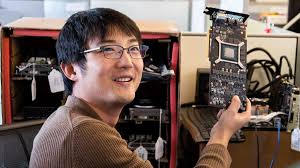
I’m Noah Lucas, the voice behind the content you find here. With 5 years of experience in the GPU field, my goal is to provide clear and helpful information to everyone interested in this technology.
Whether you’re new to GPUs or looking to deepen your understanding, my articles aim to break down complex topics into simple, easy-to-understand language. This way, no matter where you’re from, you can find the information you need without any confusion.
